In this blog post, I will share with you the curriculum for my second grader. As a mother of three children, navigating the beautiful journey of home education, I’ve learned that curriculum selection is an art form uniquely tailored to our faith, family dynamics, and children’s learning styles. This year’s 2nd-grade curriculum represents a carefully curated approach that integrates Islamic knowledge with academic excellence.
DISCLAIMER: This blog post contains affiliate links, which means if you make a purchase after clicking these links, I could earn a commission at no extra cost to you. I only recommend products I use in my homeschool & home and I love. Thank you for your support.
Key Takeaways
• Prioritize Quranic learning as the foundational cornerstone of education
• Select curriculum that supports individual learning styles and developmental needs
• Balance structured academic subjects with flexible, engaging learning approaches
Our Core Homeschool Philosophy for curriculum for second grader
Islamic education isn’t just about academic achievement. It’s about nurturing souls, developing character, and creating meaningful connections with learning. Our curriculum choices reflect this profound understanding, emphasizing Quranic memorization, Arabic language skills, and comprehensive academic development. So in 2nd grade, I focus on 5 core subjects; Quran, Arabic (Qaida Noorania), Reading, Writing, & Math.
Below, I will share with you what curriculum I chose for each subject.
Quran: The Heart of Our Curriculum
Quran serves as the primary pillar in our homeschool. Each child receives a personalized Quran in their chosen color, transforming sacred text into a cherished personal possession. Daily practices include:
• Memorization & review
• Reading practice using what he learned in his Qaida Noorania lessons
If you are interested in buying a Qaida Noorania book, this book is the closest to the one I use.
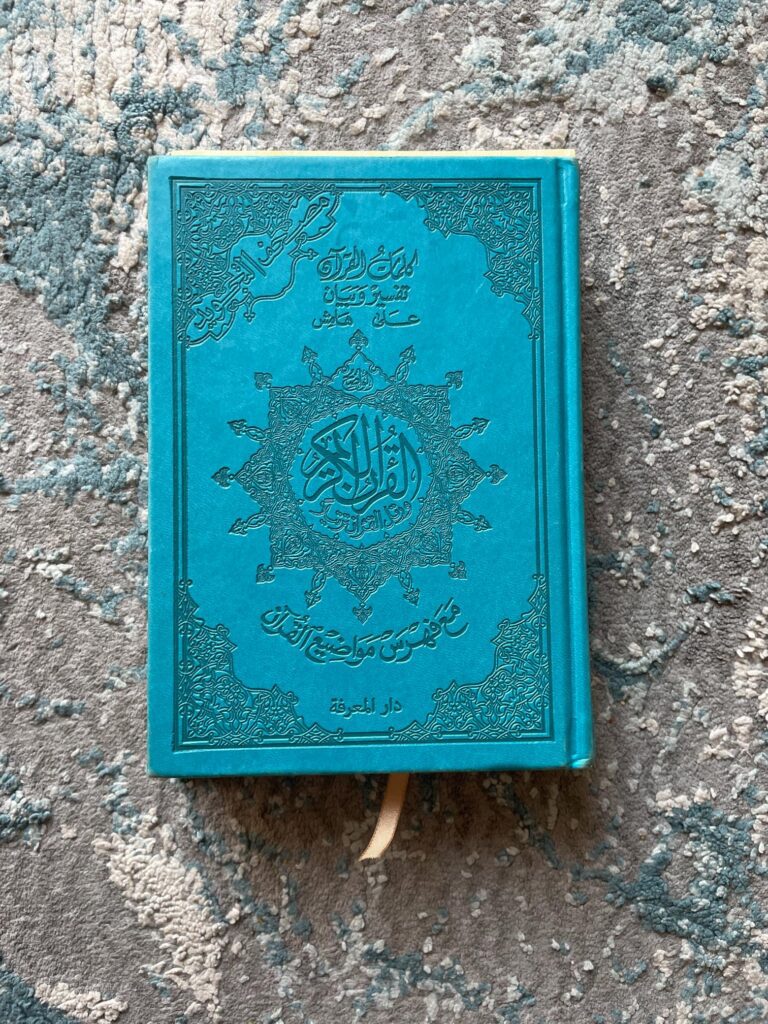
Reading Curriculum: All About Reading
We’ve selected All About Reading as our primary reading curriculum. This phonics-based program offers:
• Structured, step-by-step learning
• Interactive game-based activities
• Comprehensive decoding strategies
It’s a curriculum that you can use for multiple kids to teach reading skills and its fun to use.
Grab the All about Reading Curriculum HERE!
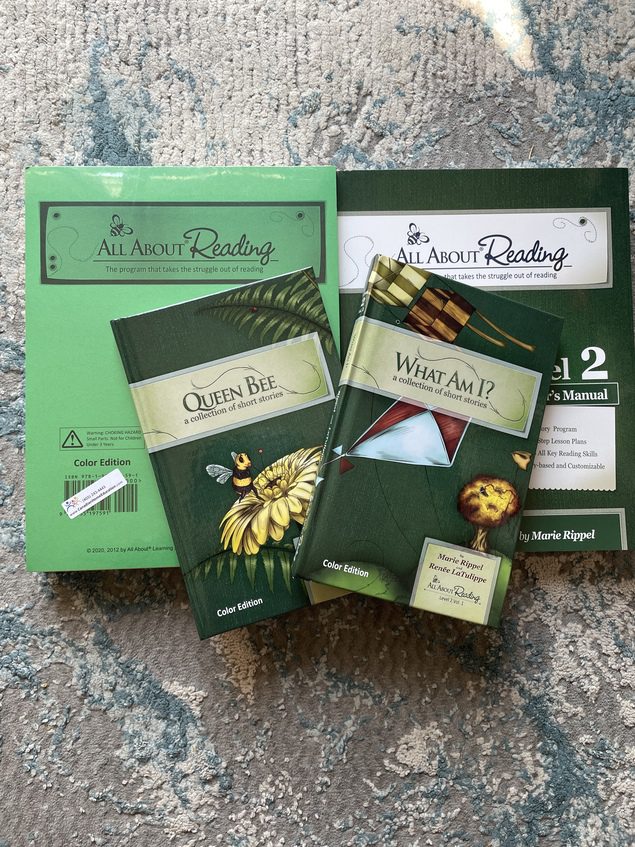
Supplementing this curriculum, we use Reading Eggs, an online platform that transforms learning into an engaging fun experience. This combination ensures a well-rounded reading education.
• Check out Reading Eggs for interactive learning
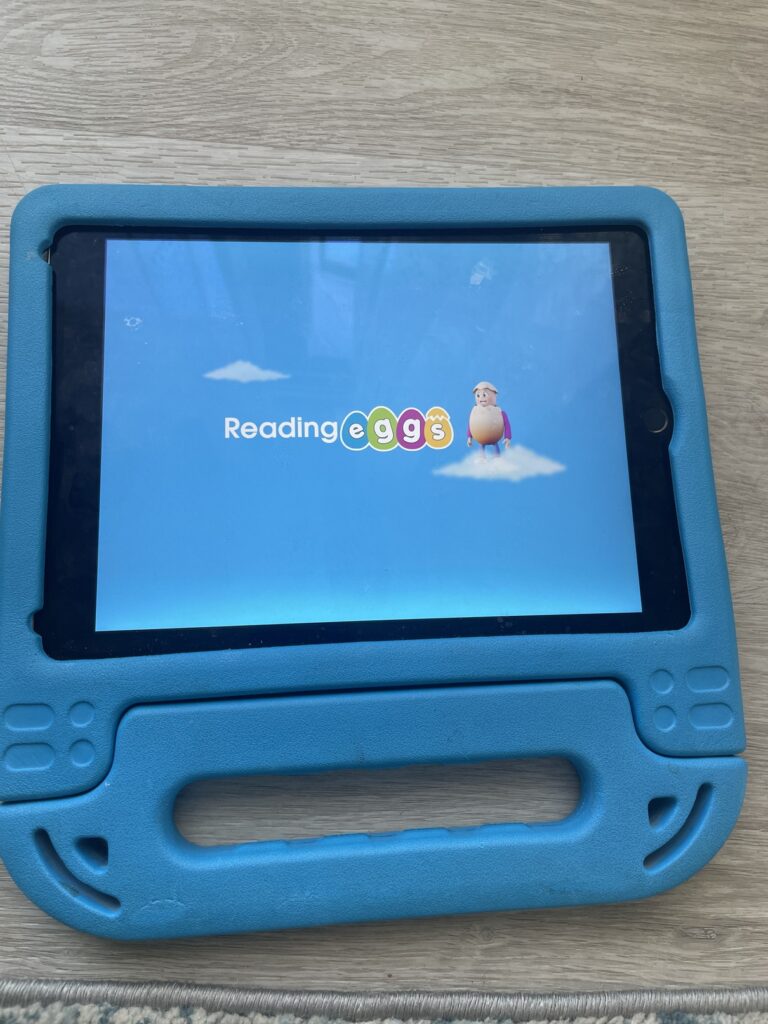
Mathematics: A Visual Learning Approach
After careful research, we transitioned to Math-U-See, a curriculum designed for visual and kinesthetic learners. Key features include:
• Mastery-based learning approach
• Video instruction
• Comprehensive practice materials
• Adaptable for multiple learning styles
Math-U-See will help improve the mastery skills, which is what my son needs for math. Also I’m excited to use the videos so he can start doing independent learning with math.
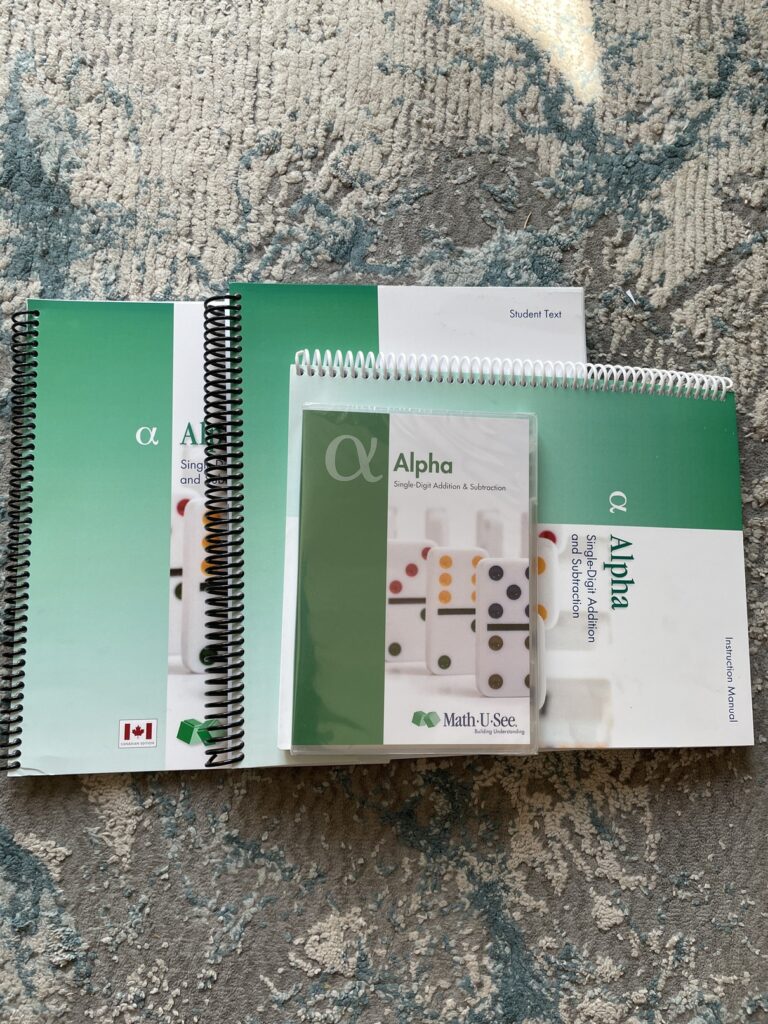
Handwriting: Bilingual Skills Development
Our handwriting curriculum embraces both English and Arabic writing skills:
• English: Explode the Code workbooks is what we really using. It makes writing fun as the child is doing many writing activities such as tracing, match words and reading sentences.

• Arabic: To improve our writing in Arabic, I like to use Learn Arabic Writing with the Rules Tajweed books. This book series comes with 4 books and each book works on a specific Arabic writing skills. Its very easy to use and teach, especially as a parent who is not a native Arabic speaker.
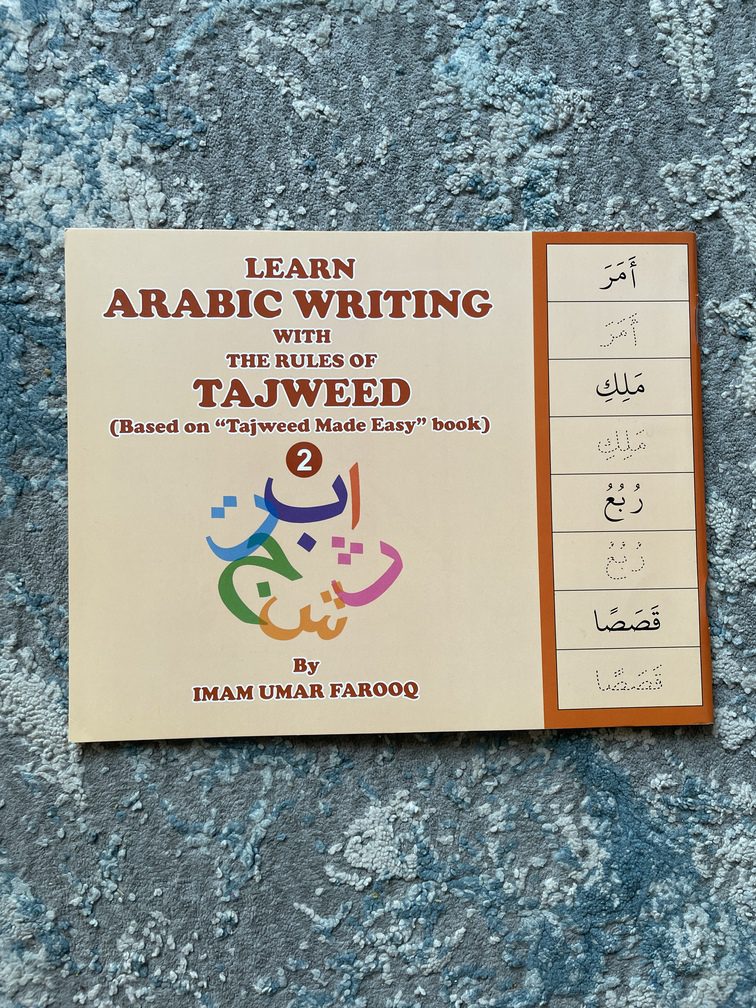
FAQs
Q: How do you manage homeschooling with multiple children?
A: Careful planning, flexible scheduling, and age-appropriate curriculum selection are key.
Q: What makes a Muslim homeschool curriculum different?
A: Integration of Islamic values, Quranic studies, and Arabic language learning alongside traditional academic subjects.
Q: How much time do you spend on daily lessons?
A: This depends on the age of your child and your homeschool as well. For grade 1-3, it should take 1-2hrs to complete all subjects. If you have a child older than grade 3, it maybe take 2-4 hours. This is just a guideline, so take as long as your child needs, with still being flexible for child’s pace and interests.
Q: Can I start homeschooling if I’m not a trained teacher?
A: Absolutely! Passion, dedication, and willingness to learn are more important than formal teaching credentials.
Q: How do you assess learning progress?
A: Through consistent observation to see progress! That’s it. I also like to maintain portfolios of my children’s work to see their progression through the year.
Other resources:
Muslim Homeschooling kindergarten Curriculum Picks 2025/2026

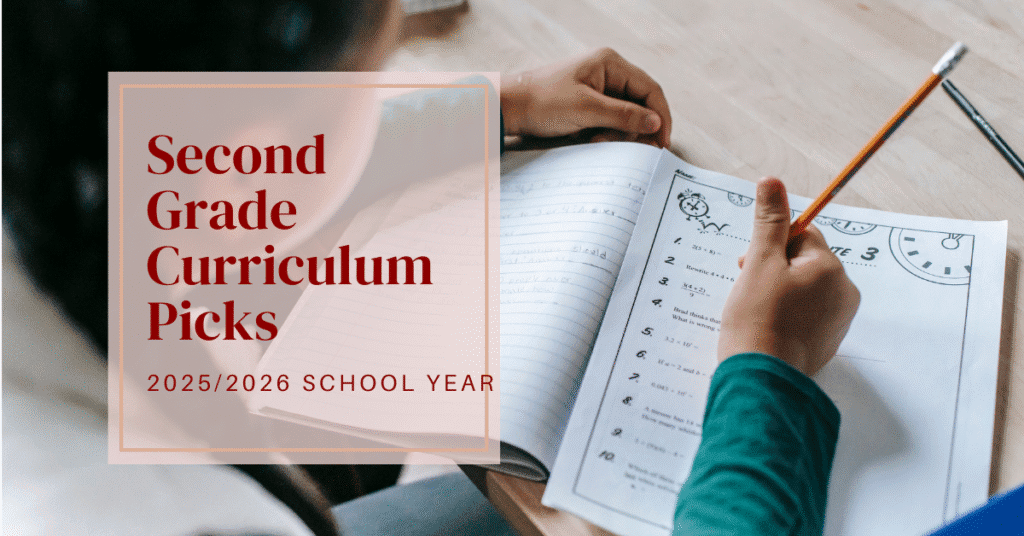
Pingback: All About Reading Review: Level 2 Breakdown -